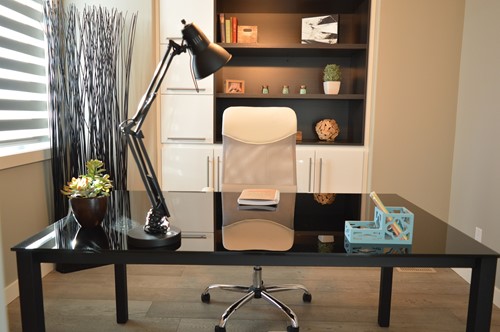
Image by ErikaWittlieb from Pixabay
Home staging used to be a novelty you watched on the HGTV network. At the end of the program, the hosts would show up with a truckload of furnishings and a bunch of landscaping plants, and presto — a home would be transformed before your eyes.
Today, home staging is a thriving bicoastal industry making inroads everywhere across the United States, with companies devoted both to renting furnishings and doing the actual staging. The Real Estate Staging Association (RESA) even offers courses to train professionals.
There's a reason for all this interest. Staging sells homes faster — up to seven times faster in some markets — and attracts more buyer interest. Here's the why and how.
Home staging is a form of marketing designed to show off your home's benefits to potential buyers. While part of that process is to purge the visual space of oddities that might be a turn off for most buyers, it's not just about decluttering and tidying.
One of the main purposes of staging your home is to show prospective buyers how they would use the space.
Suppose, for instance, that you have a spare room that is right now filled with junk. Whether to stage that space as a bedroom or an office depends on current buyer trends in your neighborhood. Is it mostly families? Young professionals? Your staging goal is to appeal to the buyers most likely to be at your open house and show them why your house is a functional space.
Though functionality is key, you also want to follow basic design principles when staging your home.
Neutral colors appeal to most people, as do rooms that are brightly lit. If shade or orientation is blocking the sun, make sure to invest in light bulbs that mimic natural lighting. The higher on the Kelvin rating scale, the more you'll achieve a daylight look.
Floating means pulling your seating arrangements into the center of the room to create the illusion of a cozy gathering space. An area rug helps to complete this illusion.
Most prospective buyers who enter your house are going to have already seen the pictures online. This is perhaps the best reason to avoid visual clutter. Spaces that are sleek and minimal look larger and more inviting in photos.
Your landscaping should be freshly maintained, with no dead or dying plants. Make sure that your gutters are clear and the front of the house has been powerwashed, especially window sills. The approach creates a strong first impression that excites buyer interest in the house.